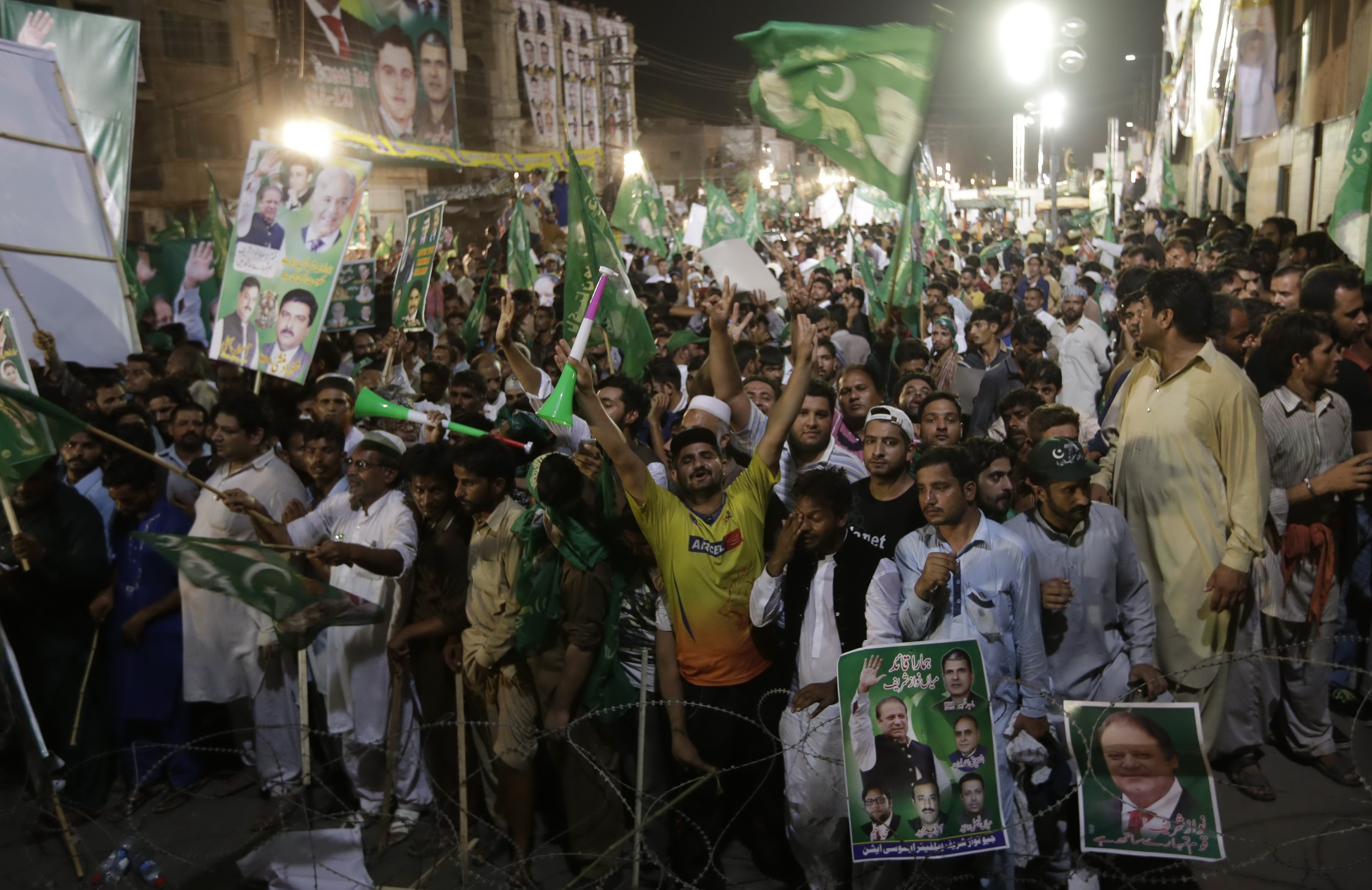
For almost half of its existence, Pakistan has been firmly under one martial rule or the other and for the other half under some sort of a democratic transition. Where are we at the moment?

"Dictators ride to and fro upon tigers which they dare not dismount," said Churchill. The British statesman had no idea of the post-colonial world his receding empire had left behind. In Pakistan, no dictator has even been eaten by a tiger, bitten by a snake or stung by a scorpion. It is the elected leaders who are imprisoned, exiled, and hanged, and occasionally succumb to terrorists’ bombs and bullets.
This binary is a legitimate way to analyse the current situation in the country because it is based on the structural realities and can yield a valuable insight into the system. However, the complex realities of a country condemned to live forever in interesting times cannot be reduced to one binary alone.
Nawaz Sharif may be one of the eighteen prime ministers who went home without completing their tenure, but he is not just another prime minister. He is the fourth most popular leader in the country’s history, after Jinnah and two Bhuttos, and the second political leader to found a popular national party that has been able to withstand the test of time, again after Bhutto’s PPP.
It is not the first time that he has come tumbling down in the snakes and ladders game of Pakistan’s politics. He has definitely seen worse, far worse. This time, despite the unceremonial exit, he remains the most powerful civilian in the country with his party holding its fort at the centre and in two provinces.
This dangerous irony can be seen as a sign of democratic development. After all, there is a consensus amongst other political players, who were hunting with the hound, that the party that won last elections with a comfortable majority should stay in office till the next elections. However, the whole game, on their part, is premised on the assumption that once the head has been severed, the body will lose the vital force.
For almost half of its existence, Pakistan has been firmly under one martial rule or the other and for the other half under some sort of a democratic transition. Where are we at the moment? If we go by Samuel Huntington’s two turnover test, we are half the way through. This is how Encyclopaedia Britannica defines this test: the "two turnover test "means that an incumbent party is voted out of office and then its successor is also voted out of office without a collapse in the democratic constitutional order." In Huntington’s view, if a new democracy survives two turnovers of power, then it has consolidated satisfactorily.
In 2013, Pakistan, for the first time in its history was able to complete half of the test. However, a prime minister had been ousted by the court only a year earlier. The PPP government had, in fact, faced an extremely hostile court led by Chaudhry Iftikhar through much of its tenure. The party had also faced a virulent version of the corruption narrative peddled by PML-N, PTI and the media combine. However, PPP took the beating without raising much hue and cry. Perhaps, it understood its own limitation and wanted the newly revived democracy to continue at every cost. Perhaps, it took Huntington’s theories too seriously.
Read also: Will the PML-N survive?
The current crisis is rooted in the fact that the power elite have not been able to evolve effective mechanisms of conflict resolutions. The institutions meant for this purpose remain inefficient, ineffective and devoid of public trust.
The lack of consensus on the rules of the game is not just inter-institutional, such a consensus is lacking amongst the political elite itself. The Supreme Court was a reluctant customer of the current crisis. The crisis, that should have been resolved downstream, landed in the court as politicians and the parliament failed to agree on a mechanism to resolve it. It was very naïve of the PML-N to believe that the crisis will lose its steam with time and no one will try to benefit from it.
PPP had advised the PTI to "not give politicians’ beard into the hands of other institutions". Now the beard of all politicians is in the firm grasp of the court, thanks to the redefinition of Article 62 and 63 that emerged from the case. It can prove a larger source of humiliation for politicians and a bigger source of political instability than Article 58-2(b) that was used to overthrow government in 1990s.
The overgrown institutions cannot be diminished through pruning or confrontation, though on many occasions courage rather than capitulations can be a better strategy. A balance between institutions can be created through nurturing the undergrown institutions. The state pillar that needs strengthening is not the office of the prime minister but the parliament.
The idea of going back to the drawing board to evolve a new political consensus is valuable. However, in the current atmosphere neither Nawaz Sharif nor Raza Rabbani will be able to herd cats that have their eyes firmly on the pigeon of the upcoming elections.
Huntington may have a point but democratisation is not merely agreement by the elite. It requires commitment from the public as well. The parliament gains its strength from effective, mature and democratic political parties. Political parties ensure an entrenched and effective democratic process in an organic sense. Without strong political parties, democracy may remain an unstable house of cards.
The political parties are a huge national asset and one major difference between Pakistan and its Muslim brethren in the Middle East facing a chaos. Almost all parties lack effective organisation and internal democracy. Now that Nawaz Sharif has all the time in the world, it may be valuable for him to focus on his party. The biggest legacy he leaves behind may be a strong and democratic Muslim League.